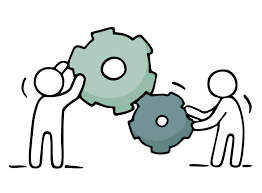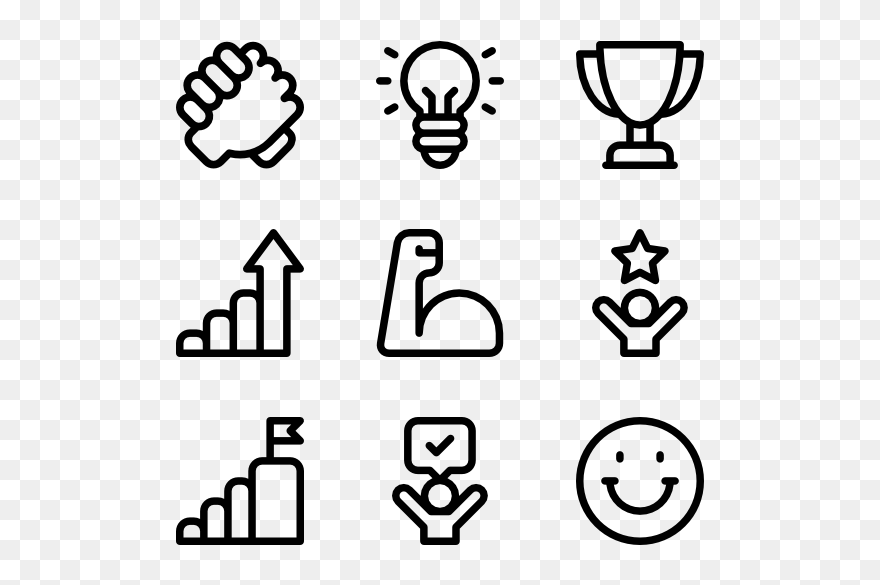🗣️ Struggling to connect with your colleagues? 🌐 Break through communication barriers at work! 🚀 Discover how to overcome misunderstandings and boost productivity. 📚 Don't miss out, read our article now! 😉👍
Updated at: 2025-06-09 12:55:30 (3 months ago by Melkisedeck Leon Shine)
Unlocking Workplace Potential: 15 Strategies for Seamless Communication
Effective communication serves as the cornerstone of a high-performing organization, fostering collaboration, innovation, and the attainment of strategic objectives. However, various communication barriers can impede clear and productive interactions, negatively impacting team cohesion and overall progress. This article explores prevalent communication barriers and presents actionable strategies to cultivate a more cohesive and successful work environment. Key concepts such as active listening, nonverbal communication, and the application of communication models will be examined within the context of real-world workplace scenarios.
1. Establishing Clear Expectations and Roles: A Foundation for Shared Understanding
Ambiguity significantly diminishes productivity. The application of project management principles, such as the SMART goal framework (Specific, Measurable, Achievable, Relevant, Time-bound), ensures clearly defined roles, responsibilities, and deadlines, minimizing misunderstandings and promoting goal congruence. Regular progress updates and transparent communication using tools like Kanban boards or Gantt charts maintain alignment and foster a shared sense of purpose. This approach aligns with the Contingency Theory, which emphasizes adapting communication strategies to the specific context and complexity of the task.
2. Cultivating a Culture of Open Communication and Transparency
A psychologically safe workplace, where employees feel empowered to express their thoughts and ideas without fear of retribution, is essential for fostering innovation and productivity. This requires the implementation of open-door policies, regular feedback mechanisms (e.g., 360-degree feedback), and collaborative platforms that encourage brainstorming and knowledge sharing. This approach draws upon principles of organizational behavior and creates a sense of shared ownership and collective efficacy, leading to improved problem-solving and decision-making.
3. Mastering Active Listening: Enhancing Understanding and Building Rapport
Active listening, exceeding mere auditory reception, involves fully engaging with the speaker's message. This includes maintaining eye contact, employing empathetic questioning techniques to clarify information, and summarizing key points to confirm comprehension and encourage dialogue. This process reflects the principles of relational communication, building trust and fostering stronger interpersonal relationships within the team.
4. Leveraging Visual Communication: Enhancing Comprehension and Retention
Visual aids such as charts, graphs, infographics, and presentations significantly improve understanding, particularly for complex data or intricate concepts. This aligns with the principles of multimedia learning, which suggests that combining visual and verbal information enhances cognitive processing and memory retention. Visual communication makes information more accessible and engaging, improving comprehension and recall.
5. Strategic Selection of Communication Channels: Optimizing Communication Effectiveness
Different communication channels are suited to different contexts. Face-to-face communication is vital for sensitive or complex issues requiring nuanced interaction and immediate feedback. Email is best for documented information, whereas instant messaging suits quick updates. The choice of channel must be tailored to the specific message, audience, and urgency, drawing upon principles of media richness theory.
6. Decoding Nonverbal Communication: Interpreting Unspoken Messages
Nonverbal cues – body language, facial expressions, tone of voice – significantly impact communication. Paying close attention to these subtle cues provides a holistic understanding of the message, exceeding the purely verbal component. Awareness of nonverbal communication aligns with the concept of metacommunication, understanding the context and underlying emotional tone of the message.
7. Providing Constructive Feedback: Fostering Growth and Development
Feedback is crucial for professional development. When providing feedback, focus on observable behaviors rather than making personal judgments. Frame feedback using the Situation-Behavior-Impact (SBI) model, offering concrete suggestions for improvement in a supportive and encouraging manner. This creates a growth mindset and fosters a culture of continuous improvement.
8. Eliminating Assumptions: Promoting Clarity and Preventing Misunderstandings
Assumptions are major communication pitfalls. Instead of presuming intentions, ask clarifying questions. This demonstrates respect, ensures accuracy, and strengthens working relationships. This aligns with the concept of seeking clarity and precision to prevent misinterpretations and build mutual understanding.
9. Bridging Language Barriers: Promoting Inclusivity and Diversity
In diverse workplaces, language barriers impede communication. Investing in language training or utilizing translation services ensures inclusivity, allowing all employees to fully participate. This promotes equity and leverages the strengths of a diverse workforce, improving overall team performance.
10. Effective Conflict Resolution: Managing Disagreements Constructively
Conflict is inevitable. Addressing conflicts promptly and constructively is vital. Encourage open dialogue, using mediation techniques as needed, and aim for mutually agreeable solutions. This preserves relationships and prevents escalating communication breakdowns. This aligns with conflict management models which prioritize collaboration and problem-solving.
11. Employing Empathy: Understanding Diverse Perspectives
Understanding and acknowledging others' perspectives is paramount. Empathy builds stronger connections, fostering productive conversations based on mutual respect and understanding. This enhances collaborative problem-solving and strengthens team cohesion.
12. The Power of Positive Language: Building Collaboration and Fostering a Positive Environment
Positive and inclusive language promotes collaboration and teamwork. Avoiding negative or confrontational language prevents barriers and fosters a more productive communication environment. This reflects principles of motivational interviewing and positive psychology in the workplace.
13. Continuous Feedback Mechanisms: Refining Communication Skills
Communication is dynamic. Regularly seeking feedback from colleagues and superiors identifies areas for improvement and allows for continuous refinement of communication styles. This iterative approach ensures continuous growth and professional development.
14. Practicing Patience: A Cornerstone of Effective Communication
Patience is vital in overcoming communication challenges. Take the time to listen carefully, understand the message, and respond thoughtfully. Rushing conversations leads to misunderstandings. This reflects the importance of mindful communication and emotional intelligence in handling complex interactions.
15. Investing in Communication Skills Training: Continuous Learning and Development
Communication is a skill that requires continuous development. Invest in ongoing learning and training opportunities to enhance employees' communication and interpersonal skills. This investment boosts workplace efficiency and employee satisfaction. This demonstrates a commitment to continuous improvement and human capital development.
Conclusion and Recommendations
Effective communication is not merely beneficial; it is indispensable for organizational success. The strategies outlined above provide a comprehensive framework for enhancing workplace communication. Implementing these strategies requires a multifaceted approach encompassing organizational culture, leadership support, and employee training. Further research could focus on the comparative effectiveness of different communication training methodologies and the long-term impact of these strategies on organizational performance. The impact of these recommendations extends to improved employee morale, increased productivity, enhanced innovation, and a more inclusive and equitable work environment. Successful implementation necessitates consistent effort, continuous learning, and a commitment to fostering a culture that values clear, open, and respectful communication.
Reader Pool: What specific communication strategies have you found most effective in your own workplace, and what challenges have you encountered in implementing them?





